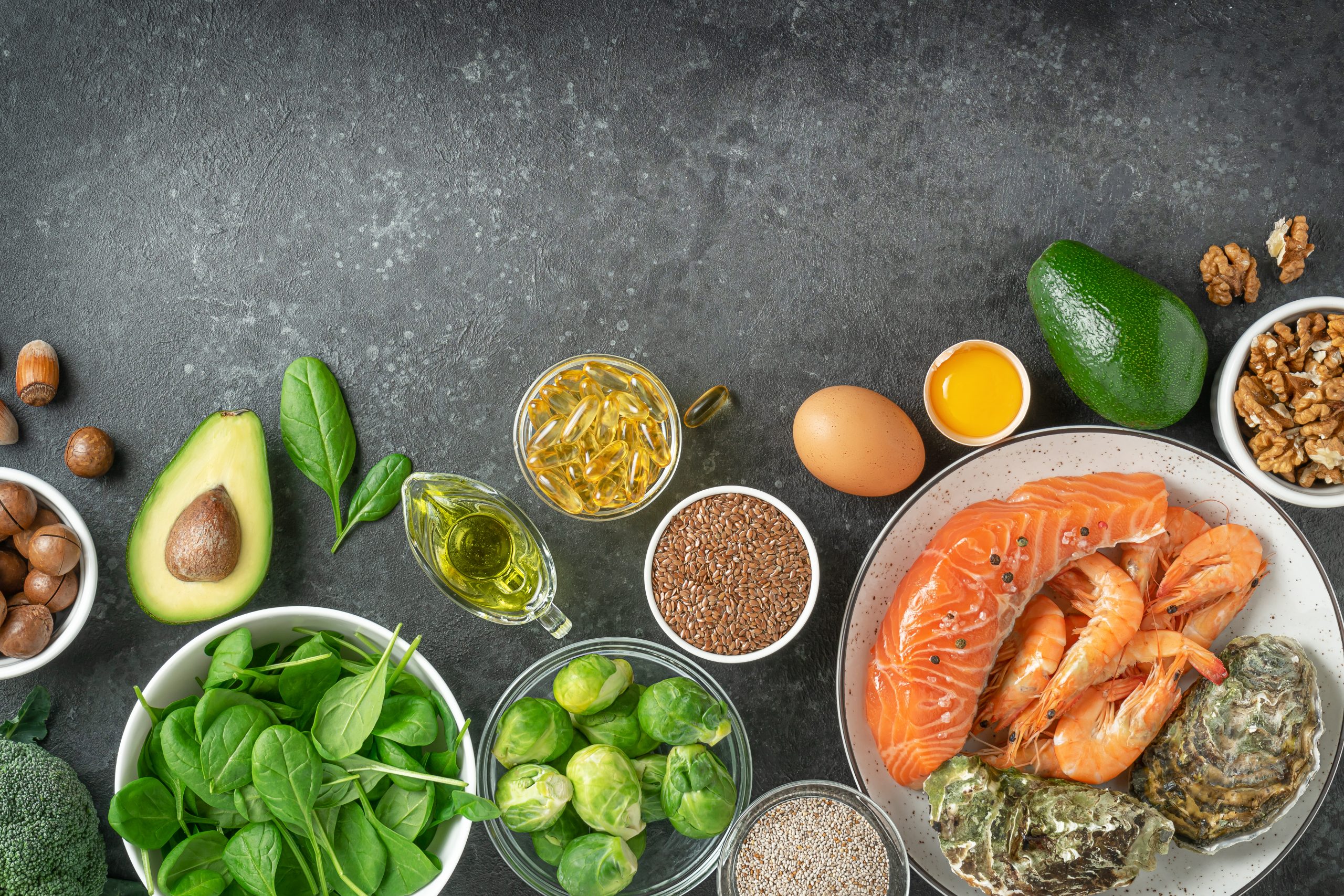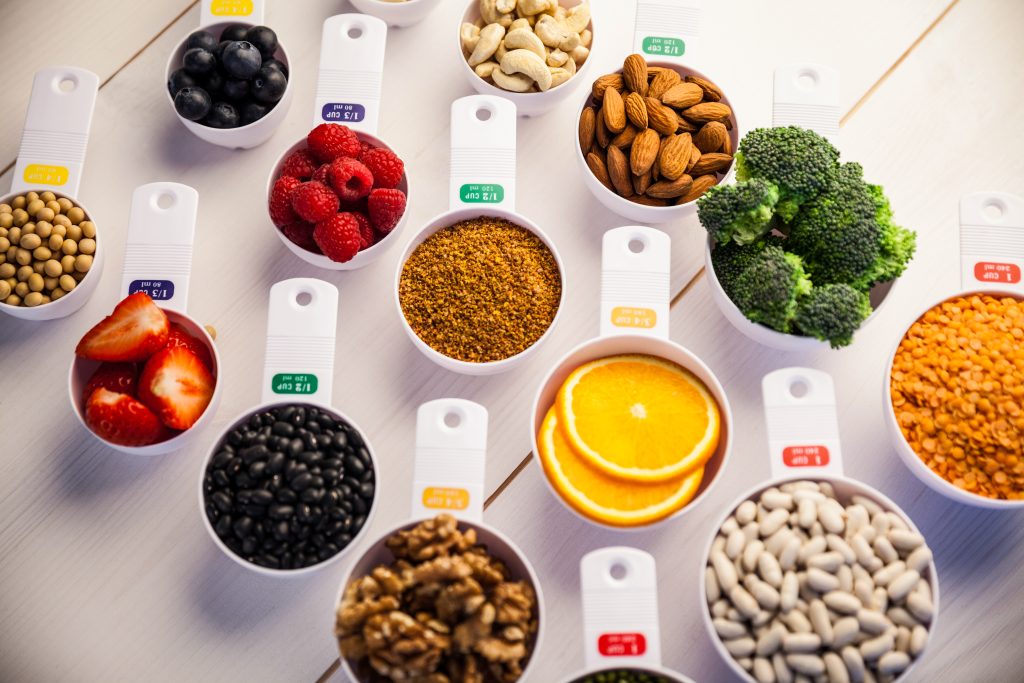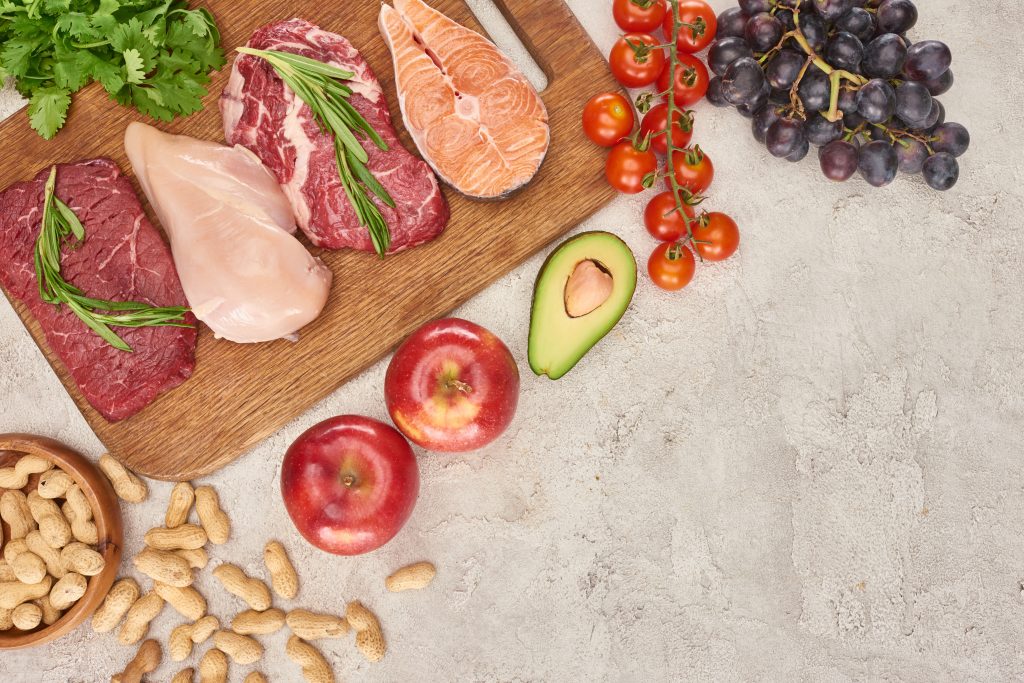Paleo Diet vs Keto: 10 Powerful Insights and Key Differences
Keto Diet, All Articles
Table of Contents
- Introduction to Paleo and Keto Diets
- Origins and Philosophy
- Nutritional Breakdown
- Benefits of Paleo vs. Keto Diet
- Common Foods in Paleo and Keto Diets
- What is the Difference Between Paleo Diet vs Keto Diet?
- Sample Meal Plans: Paleo and Keto
- Frequently Asked Questions
- Important Remarks
- References
Introduction to Paleo and Keto Diets
The debate between the paleo diet vs keto diet has become incredibly popular among doctors and individuals looking for effective weight loss solutions. Both of the diets prioritize whole foods and have demonstrated numerous health benefits, anyway they approach nutrition in different manners. Gaining a clear understanding the difference between paleo and keto diet can allow individuals to choose the most suitable plan that matches their specific lifestyle and health goals.
Origins and Philosophy
The Paleo Diet
The Paleo diet, commonly known as the “caveman diet,” is based on the idea of following the eating habits of our Paleolithic ancestors. This diet focuses on eating plenty of foods that were accessible before to the rise of agriculture. It includes an array of options such as meat, fish, fruits, vegetables, nuts, and seeds. Our essential approach is to stay clear of processed foods, grains, and dairy products, because they are believed to play a role in the development of current chronic diseases.
The Keto Diet
The keto diet, also known as the ketogenic diet, highlights a high fat, moderate protein, and very low carbohydrate intake. The goal is to enter a state of ketosis, where the body burns fat for fuel instead of carbohydrates. This state of organism is achieved by significantly decrease of carbohydrate intake and increasing fat consumption. This diet began as a treatment for epilepsy, but it has become increasingly popular due to its potential advantages in regarding weight loss, blood sugar regulation, and improved concentration.

Nutritional Breakdown
Paleo Diet
The Paleo diet primarily consists of:
- Protein: Meat, fish, eggs
- Fats: Nuts, seeds, avocados
- Carbohydrates: Fruits, vegetables
- Exclusions: Grains, legumes, dairy, processed foods
Keto Diet
The Keto diet is characterized by:
- Fats: 70-80% of daily intake (e.g., avocados, oils, fatty fish)
- Protein: 20-25% (e.g., meat, fish, eggs)
- Carbohydrates: 5-10% (e.g., leafy greens, berries)
- Exclusions: High-carb foods like grains, legumes, starchy vegetables, most fruits
Benefits of Paleo vs. Keto Diet
Benefits of Paleo Diet
- Improved Digestive Health: Emphasis on whole, unprocessed foods can lead to better gut health.
- Weight Loss: Natural and nutrient-dense foods can promote satiety and reduce calorie intake.
- Reduced Inflammation: Avoiding processed foods and sugars can help decrease inflammation.
- Balanced Blood Sugar Levels: The diet’s low glycemic index foods help maintain stable blood sugar.
Benefits of Keto Diet
- Rapid Weight Loss: Ketosis helps burn fat efficiently, often leading to quicker weight loss.
- Improved Mental Clarity: Many people report enhanced cognitive function and focus.
- Blood Sugar Control: Low carbohydrate intake can stabilize blood sugar levels.
- Increased Energy Levels: Ketones are a more stable energy source compared to glucose.
Common Foods in Paleo and Keto Diets
Paleo Diet
- Meats: Grass-fed beef, free-range poultry, wild-caught fish
- Vegetables: Leafy greens, cruciferous vegetables, root vegetables
- Fruits: Berries, apples, oranges
- Nuts and Seeds: Almonds, walnuts, chia seeds
- Healthy Fats: Olive oil, coconut oil, avocado
Keto Diet
- Fats: Butter, ghee, olive oil, MCT oil
- Proteins: Fatty fish, beef, lamb, pork
- Low-Carb Vegetables: Spinach, kale, broccoli
- Nuts and Seeds: Macadamia nuts, pecans, flax seeds
- Dairy: Cheese, heavy cream (if tolerated)
What is the Difference Between Paleo Diet vs Keto Diet?
The primary difference between keto and paleo diet lies in their macro nutrient composition and the types of foods allowed. While the Paleo diet values the quality and natural state of food, the Keto diet focuses on macro nutrient ratios to achieve ketosis. let me to present a comparative table that will clearly demonstrate these differences:
| Aspect | Paleo Diet | Keto Diet |
|---|---|---|
| Primary Focus | Natural, unprocessed foods | Macronutrient ratios to achieve ketosis |
| Carbohydrate Intake | Moderate to high (from fruits/veg) | Very low (5-10% of total calories) |
| Fat Intake | Moderate | High (70-80% of total calories) |
| Protein Intake | High | Moderate (20-25% of total calories) |
| Excluded Foods | Grains, legumes, dairy, processed | Grains, legumes, high-carb vegetables |
| State Achieved | None | Ketosis |
Sample Meal Plans: Paleo and Keto
Paleo Meal Plan
- Breakfast: Scrambled eggs with spinach and mushrooms, a side of mixed berries.
- Lunch: Grilled chicken salad with mixed greens, tomatoes, cucumbers, and avocado, dressed with olive oil and lemon juice.
- Dinner: Baked salmon with a side of roasted sweet potatoes and steamed broccoli.
Keto Meal Plan
- Breakfast: Bulletproof coffee (coffee blended with MCT oil and butter) and an avocado.
- Lunch: Cobb salad with mixed greens, bacon, hard-boiled eggs, avocado, blue cheese, and a low-carb dressing.
- Dinner: Ribeye steak with a side of sautéed spinach in garlic butter.
Frequently Asked Questions
How much fat should I eat on a keto diet?
To achieve optimal preservation of ketosis, it is suggested to make sure that a significant amount, usually around 70-80%, of the calories you consume every day comes from fat. By increasing your fat intake, your body may switch from using glucose to burning fat as its main source of energy, a key aspect of the keto diet.
Can I eat dairy on a keto diet?
Yes, but with caution. While the dairy keto diet allows for high-fat dairy products like cheese, heavy cream, and butter, it’s important to choose products low in carbohydrates and to monitor your tolerance to lactose.

Important Remarks
Which paleo diet or keto is most suitable for you depends on your lifestyle, interests, and health objectives. The major benefits of both diets include better blood sugar control and weight management. They do, however, also provide challenges like dietary restrictions and the necessity for careful planning. Effective adaptation of these diets to individual medical needs can be achieved by speaking with a nutritionist or healthcare professional.
Both diets can result in significant health gains very quickly. A keto diet 1 month, for example, can lead to visible weight reduction and changes in energy level. In comparison, within weeks of starting the Paleo diet, anyone can improve stomach health and lower inflammation.
Keto diet treats are plentiful and perfect for those with a sweet tooth. Sweet tooths may be sated on keto diet goodies like fat bombs, chocolate that is suitable for ketosis, and low-carb baked goods.
References
- Paleo Diet Basics – The Paleo Diet®
- Ketogenic Diet – Wikipedia
- Nutrition and Physical Degeneration – Weston A. Price Foundation
- Ketogenic Diet Resources – Harvard T.H. Chan School of Public Health
By understanding a difference between paleo and keto diet, individuals can make intelligent choices that improve their general well-being and health. Both diets have various unique advantages, and with the right approach, they may contribute to a healthier and more balanced lifestyle.
Read more about keto diet in our blog.